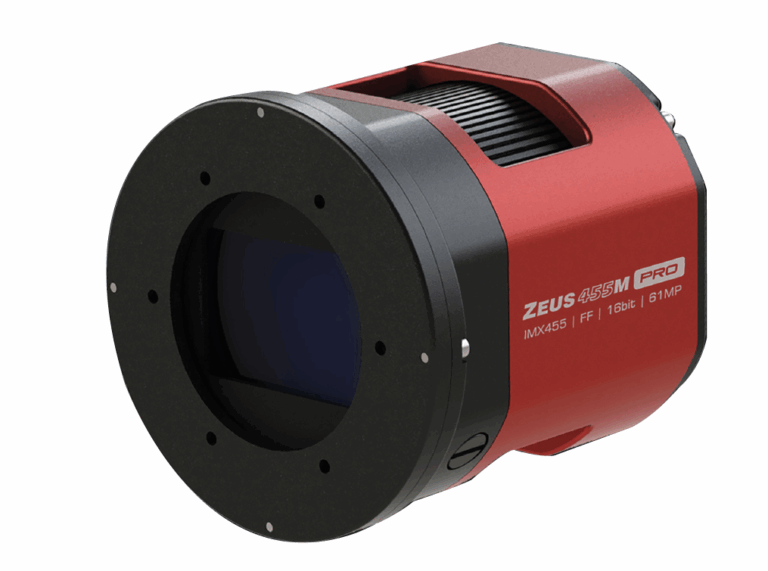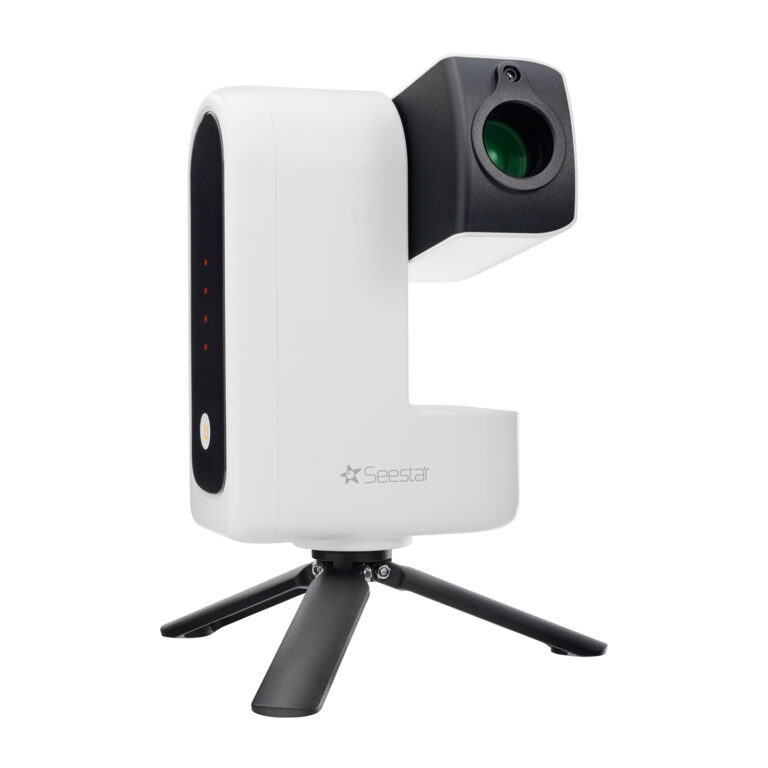Key Takeaways:
- Refracting telescopes, the oldest type, utilize lenses to focus light, with Hans Lipperhey submitting the first known patent application on October 2, 1608.
- Early iterations of these instruments required large focal ratios, leading to lengthy and unwieldy designs, primarily to mitigate the issue of false color.
- Subsequent advancements, such as the achromatic lens (1733), the apochromatic lens (1981), and various low-dispersion glass formulas, significantly enhanced refractor performance.

Like many observers I’ve talked to through the years, I always have had a special place in my heart for a small refractor. Refracting telescopes use lenses to bring light to a focus and are the oldest type of telescope. While the inventor of the refractor is a matter of debate, Hans Lipperhey, a German-Dutch spectacle maker, filed the first known patent application October 2, 1608.
Early refractors typically required a large (or slow) focal ratio — which translates to a really long tube — to keep false color under control. Such instruments were a bit unwieldy, especially if there was any wind. Major improvements followed: the achromatic lens (in 1733), the apochromatic lens (in 1981), and various formulas for types of low-dispersion glass.
Astronomy magazine subscribers can read the full article for free. Just make sure you’re registered with the website.









